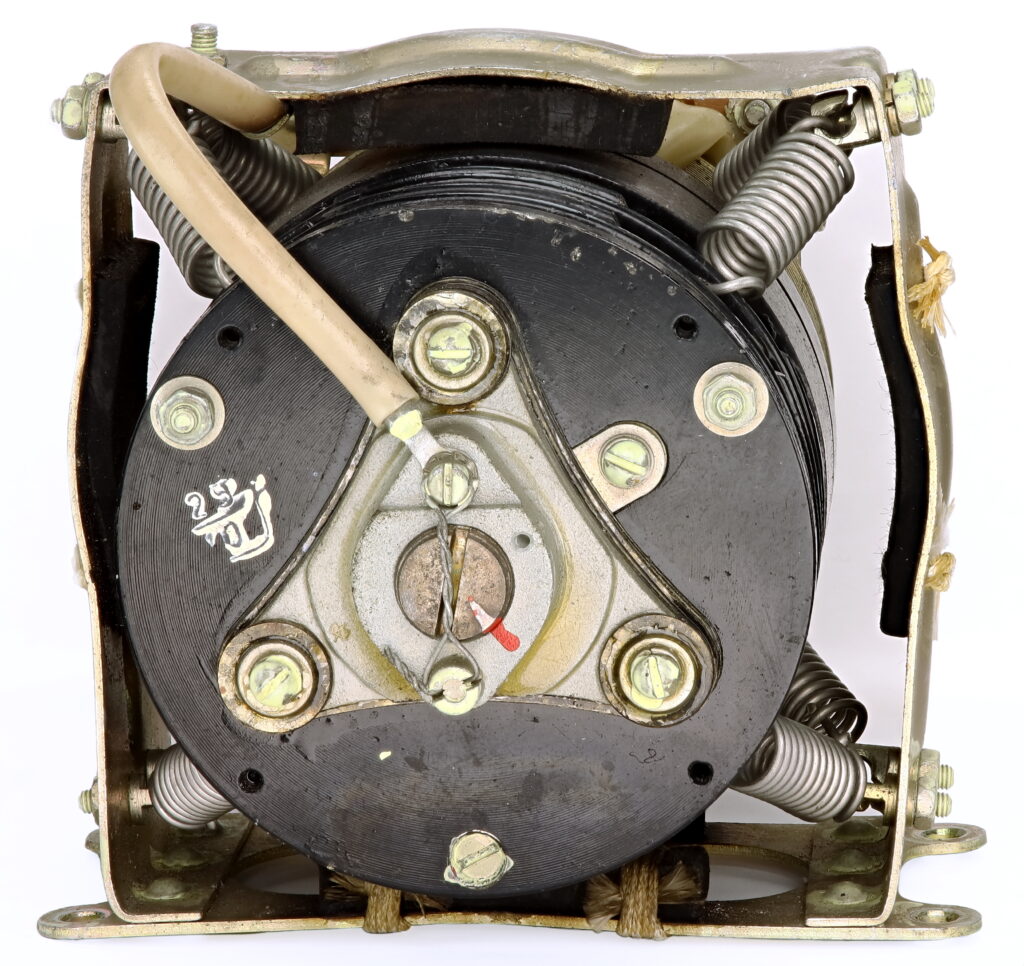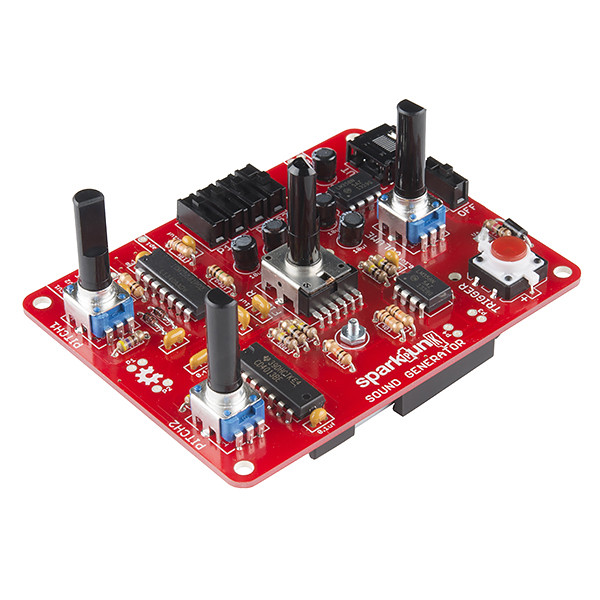Introduction
Generators are complicated devices that are essential, mainly when used on a construction site or within a building. Generators use an automatic voltage regulator, a solid-state electronic component, to keep the voltage at the output terminals constant. A generator voltage regulator is a device that can control the voltage. This means that the automatic voltage regulator will turn the fluctuating voltage into constant voltage.
By maintaining the output voltage of generators at various loads, automatic voltage regulators (AVRs) help generators in managing overloads. They can also distribute the reactive load across the parallel-operating generators. In this article, we will discuss the uses of generator voltage regulators features, uses, and all other information you want to know.
Functions of Voltage Regulator
Automatic voltage regulators (AVRs) are essential because they automatically control generator voltage and maintain the output constant at the suitable range of voltage levels for your generator despite how much current the load is using. Unregulated generators struggle to supply enough power for the attached machinery and devices because they have an automated voltage regulator.
AVRs can protect against electrical surges, spikes, and generator overload in addition to helping to regulate voltages to safe levels. As previously mentioned, automated voltage regulators (AVRs) can also help the generator manage overloads to prevent short-circuiting and divide the reactive load among parallel-operating generators.
Uses of Voltage Regulators
Generators require an automatic voltage regulator as they are inefficient if the voltage output fluctuates continuously or drops as compared to being maintained at a constant value. This voltage drop impacts both the generator’s and the connected equipment’s efficiency. Automatic voltage regulators can provide surge protection while maintaining output terminals at a safe voltage level.
Without a Voltage regulator, a generator may produce terminal voltages that are high for the machines. These High Voltages not only have the potential to harm connected equipment but also carry a significant risk of electrical fires or shock.
AVRs help the generator regulate the voltage levels during an overload to prevent electrical shorts and save you or a worker from trouble. Using an automated voltage regulator increases the generator’s efficiency and can increase the lifespan of the connected equipment.
What are the Parts of a Voltage Regulator?

The automated voltage regulator is a critical element with a number of benefits. The voltage regulator is frequently used in combination with other power-quality features such as harmonic filtering, surge suppression, short circuit protection, voltage balancing, and line noise reduction.
The automated voltage regulator consists of numerous sensitive components such as a contact-type voltage regulator, transistor regulator, and computer-controlled. These components work together to make an AVR valuable to your generator.
What is the importance of Voltage Regulators?
The automatic voltage regulator in a generator maintains a constant voltage. The generator’s performance could be impacted if the voltage is not maintained. The services, machinery, and equipment that the generator powers may stall. Because a spark could happen due to unregulated voltage, the lifetime of the appliances is ensured by the automatic voltage regulator since it ensures that the load current is constant.
Generators without regulators are unable to supply enough electricity. Regulation prevents the normal distribution of electricity among the appliances. As a result, as the load needs grow, the terminal voltage gradually drops. The performance of a generator as a whole may suffer if the voltage is not kept constant and fixed, and any utilities, machinery, or equipment powered by the generator may also suffer due to the unregulated generator.
Read More: What Is A MCCB? Its Components, Working, And Applications In Detail
Cost of Voltage Regulator
The cost of the AVR varies depending on the type of generator you own because each one is unique. However, entry-level AVRs are usually priced at roughly $140, while the best versions can cost as much as $3000.
Working of Voltage Regulator
The basic concept behind a voltage regulator is error detection. First, the voltage is supplied by the potential transformer. After being rectified and filtered, it is measured against a reference voltage. This difference serves as a check. Whether or not there is a variation from the prescribed amount. If there is any difference, the regulator highlights the error.
The generator output voltage of the stabilizer operating under varying loads and makes it stabilize. If the generators operate in parallel, they can also distribute the loads among them. Parallel generators help with the voltage drop. As a result, the generator responds to overloads effectively. Simply put, it accepts a range of varying voltages as input and produces a fixed value.
Conclusion
We come to the conclusion that the Automatic Voltage Regulator is a crucial part of the generator. The generator is more liable to power outages and sparks without it. The voltage would not be stable in the absence of the AVR. Therefore, it would be advantageous if you consistently selected a high-quality AVR. An AVR would protect against disruption of the process. And would take all reasonable steps to protect the connected electrical appliances from damage.
FAQ’s
- Are automatic voltage regulators included on all generators?
The automatic voltage regulator, or AVR, is a significant element of any generator that ensures all of your equipment continues to function even when there is a power loss. It can be found in the terminal box for the alternator or the central control box of the generator.
- Is a generator capable of operation without a voltage regulator?
You can manage without a voltage regulator. To avoid overcharging the battery, the voltage regulator limits the generator’s power. You can operate without a generator by only starting it when the battery is running low by installing a switch to direct the output to the earth.
- What happens if the generator’s AVR system fails?
If the AVR fails, your generator won’t be excited anymore. This lack of excitation will cause a significant drop in the generator’s voltage, and the generator should switch off due to an under-voltage failure.



